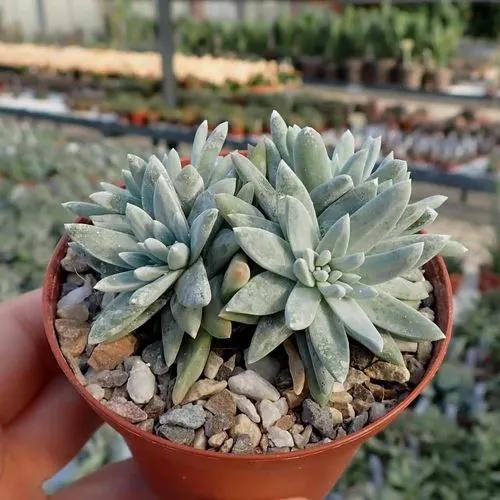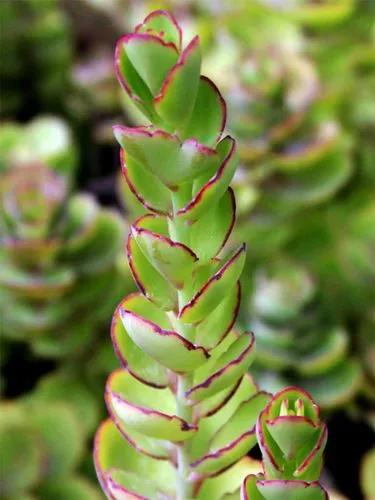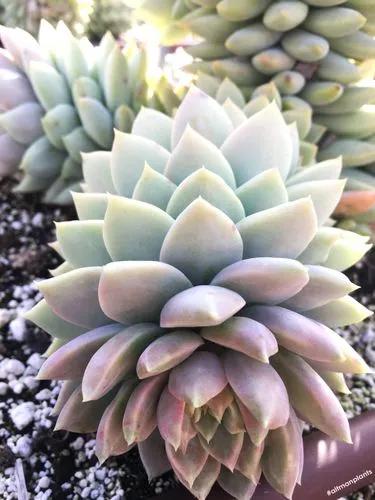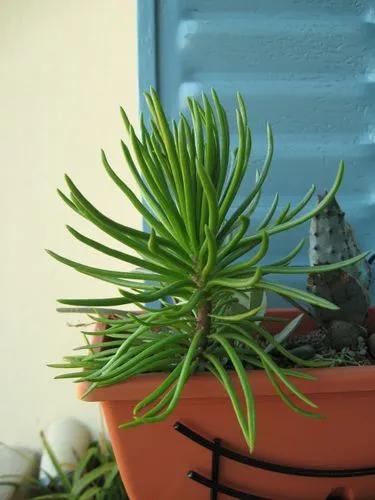Crassula conjuncta is a succulent with fleshy, triangular green leaves with red margins and a vertical growth habit. These Crassula are a highly branching species and offset easily, making it the perfect plant for hanging baskets or along the edges of rock gardens, where they will readily form dense clusters of stems.
Crassula Conjuncta Care
Crassula 'conjuncta'



How to Care for the Plant

Water

As a general rule of thumb, succulent plants prefer sparse watering. To avoid overwatering, soak the plant, allow it to drain completely, then wait for the soil to dry out before watering again. During cooler months, you can reduce watering, as the roots can rot in cold, wet soil. Crassula plants begin actively growing in the spring, so watch for a slight increase in watering needs. When grown indoors, watering should be minimized from late fall through winter, as the plants go semi-dormant during this time.

Fertilizer

Feed Crassula plants sparingly. You can give them a little organic fertilizer in mid-spring when they start actively growing, but further feeding is not necessary.

Sunlight

Most Crassula plants need some shade in the hottest part of summer but require bright light to attain their most vibrant color. When grown outdoors, a site with morning sun and afternoon shade is perfect (if placed in full sun all day, the leaves may scald). When grown indoors, place your plants in a spot that receives bright indirect light all day, or direct sun for six hours of the day. A southern-facing window is ideal.

Soil

Crassula plants need soil that is very well-draining and will do best in sandy, rocky blends formulated especially for succulents. They prefer neutral to slightly acidic soil, but even extreme pH levels rarely kill the plant. Crassula plants will react badly to boggy, wet soils, as their roots can easily rot.

Temperature

Crassula plants can be grown outdoors as perennials in zones nine through 12, but elsewhere you will need to bring them in for the winter or grow them as houseplants. Some species will tolerate a mild frost, but temperatures below 30 degrees Fahrenheit may be enough to kill them off. Jade plants and other crassula species prefer low humidity, but they also survive nicely in very humid climates.

Additional

While it's important to look into the individual plant species you're bringing into your home, it's generally a good assumption that nearly all Crassula plants are toxic to pets like cats and dogs. All parts of the plants are toxic and can lead to serious illness or death if enough is ingested. If you notice your pet exhibiting any of the below symptoms, contact emergency services immediately.

Popularity

112 people already have this plant 14 people have added this plant to their wishlists
Discover more plants with the list below
Popular articles






